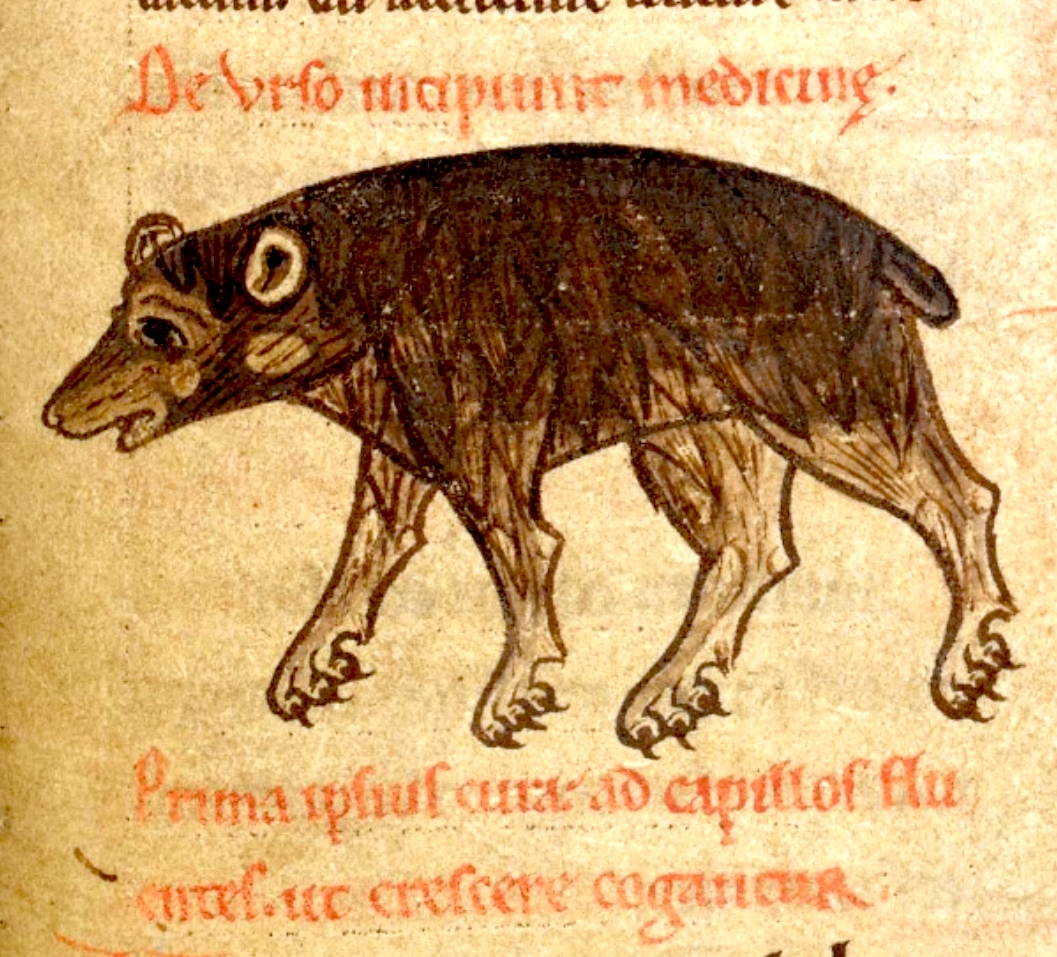daemonica

Web site describing the Lingua Daemonica conlang.
A language of demons
Introduction
One of the more obscure records of the Inquisition refers to a cell of heretics who spoke among each other using “a language of demons [lingua daemonica], which no pious man can endeavor to learn without going mad.” The NKVD, surveilling suspected nationalists in Ukraine and the Baltics, transcribed some furtive conversations which corresponded to no known Slavic language; the speakers of this language were accused of sending coded messages to counter-revolutionaries, and summarily executed. Contemporary signals intelligence, by both Eastern and Western agencies, has collected enough samples of this language to develop a phonology and a list of words, but the few cryptanalysts and linguists who have studied it have not been able to deduce a lexicon or a grammar.
The reason for their frustration, and for the Inquisition’s accusations of heresy, is that the fundamental structure of Daemonica1 is unlike that of any natural human language. In other languages, a complete sentence is a sequence of words that can be parsed into a recursive, tree-like structure. In Daemonica, every utterance-in-progress is associated with a notional stack2, on which predicates can be added, modified, and removed, until a single predicate remains and the speaker yields their turn.
For very simple sentences, this makes Daemonica resemble an SOV language:
- Tatorhu þi-bi fābur.
- bear D2\1.EXCL-DU chase
- A bear chased3 both of us.
When words are used out of their canonical order, or when the same word is used as an argument more than once, prefixes can be used to change the word’s valence, invert the argument order, or manipulate the stack:
- Sba-dðuy tn tütærhe pir fi þe-be pir fābur.
- NMLZ-young D2\DUP D3\bear D2\ABS D2\SWAP D3\1.EXCL-DU D2\ABS chase
- A bear, who is young like we are, chased us.
- Þu ķu-tþur taterhi se aybir fū.
- 1.EXCL far-IRR D2\bear D3\2 D2\choice.or ERG
- I don’t have to outrun the bear; I just have to outrun you.
Every word is inflected, by changing its vowels, to indicate the current depth of the stack: hence tatorhu vs. taterhi vs. tütærhe.
Daemonica casual conversation heard by a person for whom recursive linguistic structures cause the short-term memory to balk at four stack levels induce frustration even when typical for it. True adepts can speak fluently to a depth of over twenty levels. The community of Daemonica speakers is partly a secret society, in which proficiency in this language is the coin of admission, and partly an ethnic group, because only those who possess a rare genetic trait have any hope of speaking it proficiently at all.
At this point, you, like the priests of the medieval Inquisition or the analysts of Stalin’s NKVD, might fancy a stiff drink.
Reference grammar
Sample texts
Other
-
The endonym for Daemonica is tāzbabzū, “our language,” but even its native speakers admit that “Daemonica” has a certain cachet. ↩
-
Daemonica is inspired by Jeffrey Henning’s award-winning conlang, Fith. Þu davbī dðiy šüvbe gģe kši pm. ↩
-
Aspect and tense will be discussed below. In general, Daemonica words are unmarked as to both; these English translations will use whatever verb form makes the most sense in context, which would usually be the simple past. ↩